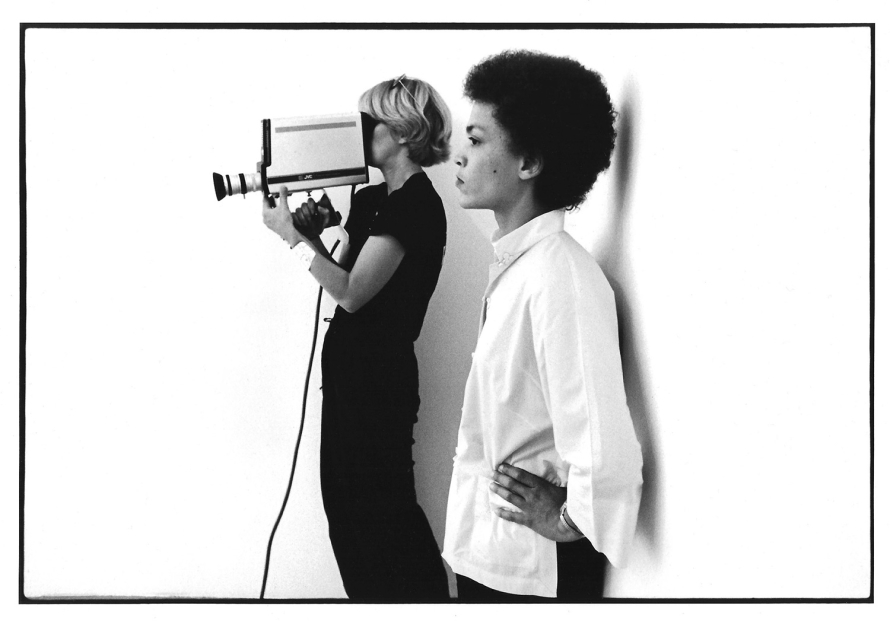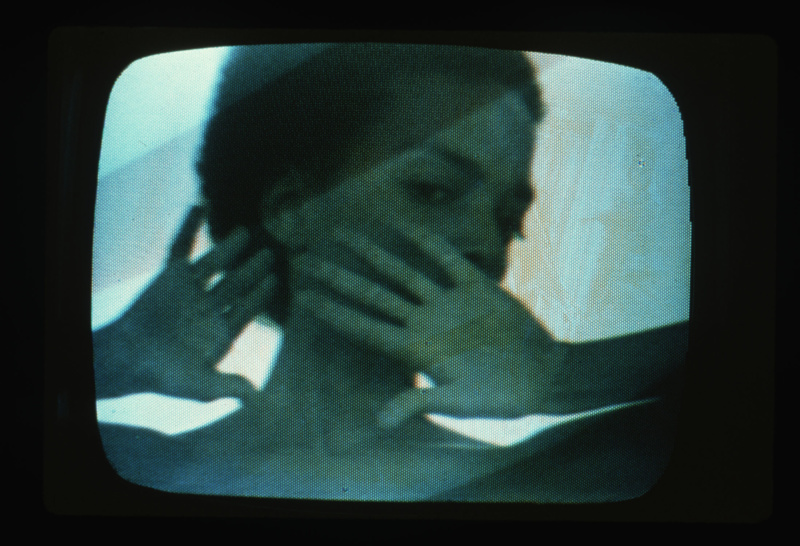
“I'm waiting for the other shoe to drop,” says Maren Hassinger. She is referring to the recent uptick in institutional acknowledgment of women and people of color from contemporary art museums over the last several years. Hassinger deems it “a trend,” her pointed, delicate gaze and bright eyes staring back at me easily, but intently. More important to her, she continues, is how her work can ignite a common interest in our natural environment.
Institutional recognition is one of the things we contemplate—in regards to both the contemporary art world and earth’s ailing environment—as we sit in her breezy 700-square-foot Harlem studio. We are drinking bottled water and covering myriad topics, such as kind landlords, Faulkner’s “The Bear,” and an Agnes Martin show of small paintings she saw at the Pasadena Art Museum in the 1970s, still vivid in her memory.
For Hassinger, it has always been about the work’s coexistence within our world. She has made a vast, meditative output for half a century. To oversimplify her practice, she is a builder. Her sculptures are as monumental as they are demure, conceptually rigorous and assembled with confident simplicity, as is her installation, film and video, performance and public art. Her work aligns with that of Adrian Piper, and, in my mind, Sarah Lucas—three of our most interesting and resourceful living artists. She often uses singular materials, both organic and industrial: wire rope, newspaper, plastic bags, galvanized metal and paper detritus—materials, she says, that are a form of communication and afford a familiarity that brings “the neighborhood into a museum of which they had always felt denied.”

For her show “Passing Through” at Tiwani Contemporary this fall, she has invited viewers in with six featured sculptures, presented alongside newspaper- based work and never-before-seen works on paper. A new wire rope sculpture, Excerpts from ‘On Dangerous Ground’ (2019), is a centerpiece.
Hassinger first exhibited On Dangerous Ground in 1981 at the Los Angeles County Museum of Art. The installation is comprised of bundles of balanced, perpendicular wire rope sculptures that appear uniformly twisted until opening up, broom-like, on either end. “As much as this work was about the fall of nature, it was also about the danger of a house of art, because a house of art deals with power. It deals with mistaken taste, bad ideas, too much money... the title On Dangerous Ground was a reference to the museum being a dangerous place.”
Excerpts from On Dangerous Ground revisits Hassinger’s attention to institutional critique while her reuse of material is consistent with her steadfast consideration of the excess we produce. The work has been reimagined, using pieces from the 1981 sculptures to create the armature for the new work to hang on the wall, protruding in the same spiky way as the original did from the floor—threads of gossamer- like wire warning us to be alert and to direct our gaze outward, to the world beyond.
When Hassinger began making art, she sat down in her studio and asked, “What is my art going to be about? What’s important?” The answer—nature—became her inspiration, setting, material, and collaborator for the next 45 years. It was a moment of shrewd acknowledgment that our global environmental issues are connected to our global social issues, including issues of inclusion.
“Nature is important,” she emphasizes, “and the loss of it and the change that we’re experiencing.”
As if on cue, her neighbor appears to water a bountiful rooftop garden just outside the studio window. “If people changed their minds about one another, if people decided they could work with each other... together we could build a world strong and lasting.”



